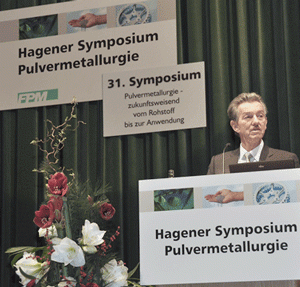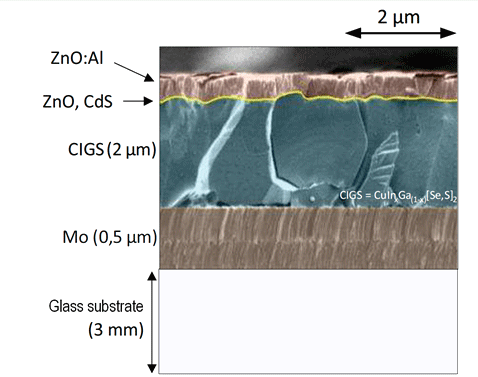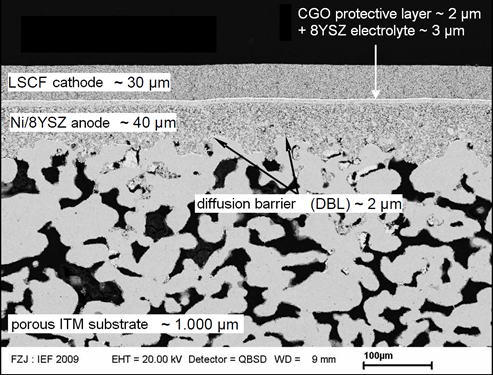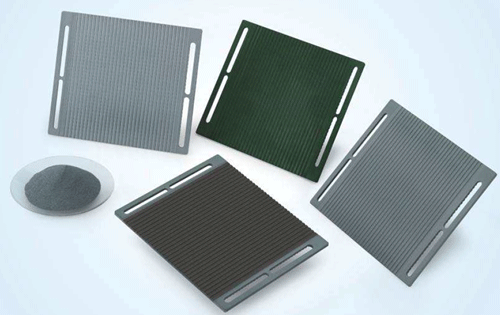2012 Hagen Symposium: Skaupy recipient Dr Lorenz Sigl highlights the use of Powder Metallurgy in green energy generation
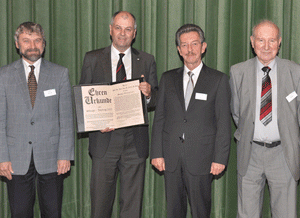
Fig. 1 Presentation of the Skaupy Award Certificate
to Dr Lorenz Sigl by Fachverband officials. From left:
Prof Herbert Danninger, Dr Lorenz Sigl, Prof Bernd
Kieback and Hans Kolaska (courtesy Fachverband
Pulvermetallurgie)
The first official act at the Hagen Symposium, following the welcoming address by the President, is always the announcement of the Skaupy Prize recipient. This is the highest honour that the Fachverband Pulvermetallurgie confers to distinguished powder metallurgists, and the 2012 recipient was Dr Lorenz Sigl, Head of Innovation Services at Plansee SE in Austria (Fig. 1).
In his introductory speech, Prof Bernd Kieback (Fig. 2) drew a parallel between Dr Sigl’s many positions during his academic education and professional career and the brother Grimm’s “story of the youth who went forth to learn what fear was”. The word “fear” he replaced by “research” – alas, the German alliteration between “fürchten” (fear) and “forschen” (research) is lost in the translation!
Dr Sigl grew up in the Austrian province of Styria and studied mechanical engineering at Leoben. His professional career led him to the Max-Planck Institute Stuttgart, Germany, University of California Santa Barbara, USA, Elektroschmelzwerk Kempten, Germany, and finally Metallwerk Plansee, Austria.
In keeping with the motto of this year’s symposium “Powder Metallurgy – at the cutting edge from raw material to the application”, Dr Sigl’s Skaupy presentation had the title “Powder technology – a source of innovation in energy engineering”. In his very broad approach he included both powder metal and ceramic materials. In this condensed report we focus our interest on the powder metal applications.
Powder technology – a source of innovation in energy engineering
The challenges imposed on mankind by global warming call for far reaching changes in the technologies used for power generation. The production of fossil fuels will decline and the emission of greenhouse gases must be reduced.
Interesting new powder metal applications were identified in photovoltaic solar cells which transform sunlight directly into electric power without any negative side effects, in fuel cells and in membranes for the separation of hydrogen and carbon dioxide. These applications have a great potential for growth in the future.
Sputtering targets for solar cells
Instead of crystalline silicon wafers, more and more solar cells are being equipped with a cost efficient thin coating which is applied on a simple glass or polymer substrate. The most advanced solar cells are made with so-called CIGS coatings which can be as thin as just 1-2 microns. The cost of these modules is less than conventional silicon modules.
The cross-section of such a thin CIGS cell is shown in Fig. 3. At first a molybdenum coating of 0.5 micron thickness is applied. It is compatible with the semiconducting layer on top, reflects the light and has a similar thermal expansion as the glass substrate.
The complex CIGS layer and the Al doped ZnO layer form the active solar cell. They are separated by a chemically deposited CdS layer. The photon energy of the sunlight that hits the cell separates electrons in the CIGS and ZnO semiconductor layers and the resulting voltage can be tapped.
To apply these layers on the substrate, sputtering targets are required. This is where powder metallurgy comes into play. Sputtering targets made by PM have an isotropic structure and the uniformity of the coating is much better than with cast targets. Sputtering targets can be in the form of plates or tubes. The materials are often doped with small amounts of additional elements. This improves the efficiency of the coatings.
The Mo layer, doped with Na, is deposited first, then follows the absorber layer which is deposited with a Cu/Ga and a In sputtering target. A subsequent reaction in a selenium or sulphur atmosphere leads to the formation of the required CIGS compound.
Metal supported membranes
Dr Sigl identified various applications of membranes with metal powder supporting structures and later in the symposium Hans Peter Buchkremer of Forschungszentrum Jülich further elaborated on this subject. Although serving very different applications, the basic design of these membranes is similar.
The purpose is to separate gas molecules or ions by selective diffusion. The driving force is either pressure or a concentration gradient. This requires a very thin active layer of functional materials, usually semiconductors, which must be supported for mechanical stability and yet be accessible for the gas from both sides. The support can be either a porous ceramic or sintered metal.
Plansee SE is actively developing solid oxide fuel cells (SOFC) for the decentralised, highly efficient generation of electrical power with low emissions. Powder Metallurgy technology is used for the cost efficient manufacture of cell elements and support structures. Fig. 4 shows the cross-section of a metal supported cell (MSC).
The substrate is a highly porous metallic structure made of a Fe26Cr alloy doped with Mo, Ti, yttria (ITM). On top of this there is a deposited layer of Ni/YSZ (yttria stabilised zirconia) which serves as the anode and a complex LSCF cermet layer as the cathode. These two layers are separated by a thin electrolyte layer.
Similar membranes can be used to separate hydrogen in steam reforming of hydrocarbons and carbon dioxide from exhaust gases.
The same principle was applied for the interconnectors shown in Fig. 5. These elements are used to support the cell and collect the power. A special chromium base alloy was developed by Plansee with the specific set of properties required for this application.
The requirements that the supporting structure has to meet can be explained by taking this example. The advantages of powder metal substrates are the following:
- Mechanical stability, resistance to vibration, ductility even with high porosity
- Thermal shock resistance and stability under cyclic thermal loading
- Applicability of traditional joining techniques such as welding and brazing
- Cost effective raw materials and reduced substrate thickness
- Electrical conductivity and stability in redox cycles
The main challenge for the development of these elements is the adjustment of the thermal expansion behaviour with the functional layer in order to avoid distortion and cracks.
In conclusion, Powder Metallurgy offers attractive solutions for highly efficient and environmentally friendly future power generating equipment.
Author: Dr Georg Schlieper, Gammatec Engineering GmbH, Germany
Dr.-Ing. Georg Schlieper, physicist, received his PhD at the Insitute for Materials and Solid State Research of the University of Karlsruhe, Germany. He worked for 15 years in product and process development for the Powder Metallurgy industry where he focused on high strength sintered steels, heat treatment, surface technology, magnetic materials and metal injection moulding. Since 1994 he has worked independently as a consultant. Email: [email protected]
News | Articles | Market reviews | Search directory | Subscribe to e-newsletter



